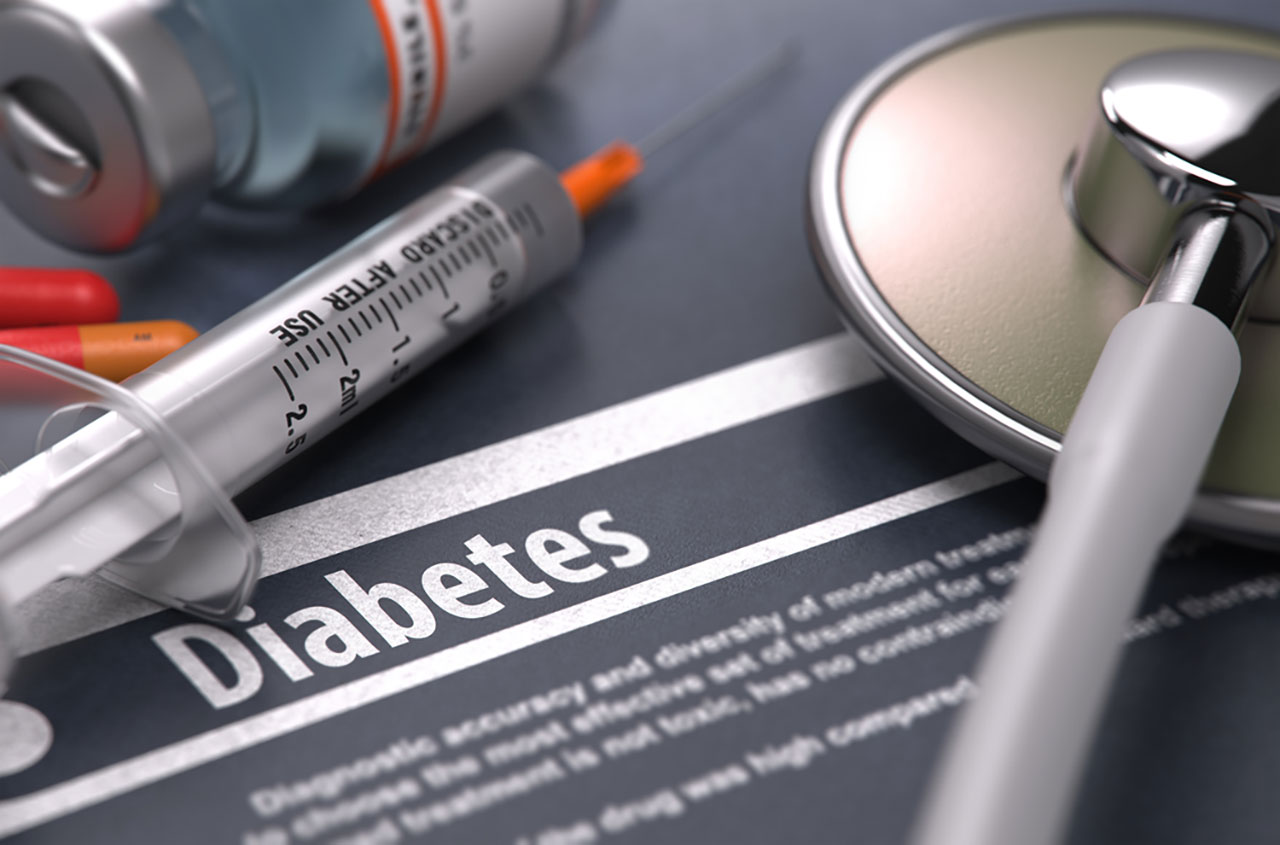

November is National Diabetes Month. Do you have people in your life or on your jobsite who are living with diabetes? Chances are good that you do. Take some time to learn about diabetes.
It’s a medical condition that reduces some people’s ability to produce enough insulin. Insulin is a hormone that controls glucose levels in the bloodstream. Glucose is the main source of energy for your body’s cells. If your body can’t produce insulin, glucose can build up in your blood and cause serious health problems like heart disease, stroke, kidney failure, and blindness.
There are three types of diabetes: type 1, type 2, and gestational diabetes. Researchers aren’t sure why people develop types 1 and 2. Risk factors for type 1 include family history, environmental factors like a virus, and the presence of certain cells in the immune system. Risk factors for type 2 diabetes include being overweight, having a sedentary lifestyle, family history, race, age, having had gestational diabetes, polycystic ovary syndrome, high blood pressure, and high cholesterol. Gestational diabetes only occurs during pregnancy and it’s rare. If you have a family history of diabetes, talk with your doctor about how to control your risk factors.
If one of your people has diabetes but is managing the disease with exercise, food, and medication (such as insulin), then diabetes will have little or no impact on their work. But if you have a crew member who is unable to control their diabetes well, and they have low blood glucose levels, they could become disorientated or pass out. If one of your people often has episodes of diabetic hypoglycemia, it could be risky for them to do certain kinds of work, like operating heavy equipment or working at heights, for example.
The first thing you have to do is follow the rules laid out in the Americans with Disabilities Act. You can find out all the specifics here: https://www.eeoc.gov/laws/guidance/diabetes-workplace-and-ada. If you have an employee who has told you that they are living with diabetes, ask them if there are simple actions you can take to help them stay healthy and productive. They may ask for some “reasonable accommodations.” For instance, they may need a safe place to dispose of sharps. Some people who are living with diabetes use needles to inject insulin into themselves, and those spent syringes need to be disposed of in a puncture-proof biohazard container. They may need a clean, private place to check their blood sugar or inject insulin. They might need more frequent, short breaks to take insulin or eat. Not all employees with diabetes will need an accommodation or require the same accommodations.
First-Aid Personnel Health